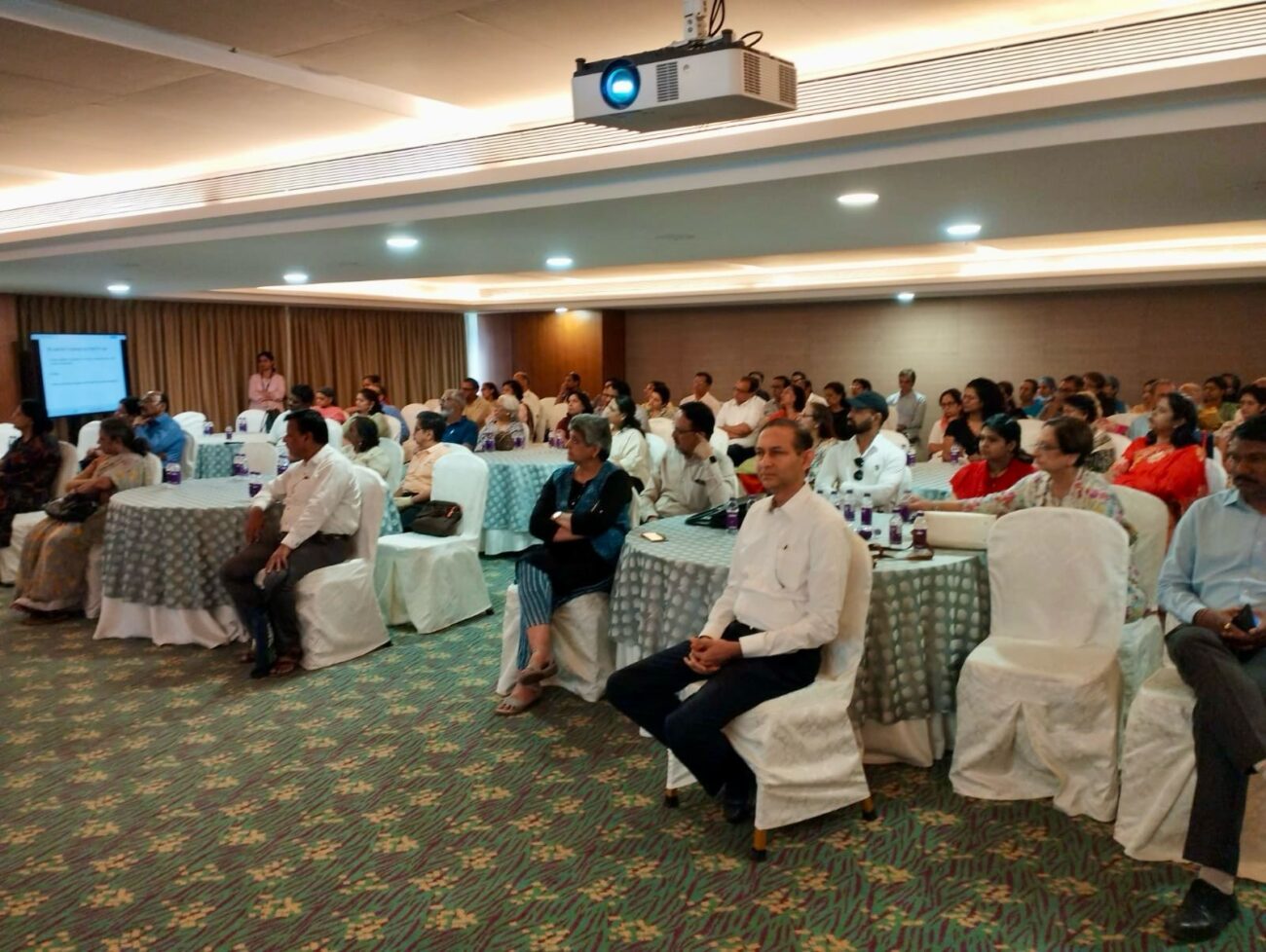Treat every TB case and trace all close contacts
Testing for latent TB should be performed in asymptomatic individuals Tuberculosis (TB) is a major public health problem in India with the country having the largest number of TB cases in the world. Over a quarter
Testing for latent TB should be performed in asymptomatic individuals
Tuberculosis (TB) is a major public health problem in India with the country having the largest number of TB cases in the world. Over a quarter of the global TB and multidrug-resistant TB (MDR-TB) burden is in India. Statistics from USAID indicate that in 2016, 2.79 million people became ill from TB, and 435,000 died from it.
Testing for latent TB should be performed in asymptomatic individuals. High-priority groups for evaluation include close contacts of TB patients.
Close contact is defined as individuals with at least four hours of contact per week. This includes those living in the same household or frequent visitors to the house or contacts at work or school.
Speaking about this, Padma Shri Awardee Dr K K Aggarwal, President Heart Care Foundation of India (HCFI) and Immediate Past National President Indian Medical Association (IMA), said, “The risk of developing active disease is very high in the years following exposure and new infection. It is imperative to evaluate close contacts first and expand the contact investigation to casual contacts if evidence of transmission is found. Casual contact is defined as individuals with less than four hours of contact per week. This may include health care workers and/or contacts at work or school. Evidence of transmission is defined by a secondary active case or positive Mantoux test. In general, source cases with positive sputum smear are more contagious. Casual contacts of smear-negative patients are usually not evaluated unless they are immunocompromised.”
If the first test is negative, close contacts of patients with active pulmonary TB should undergo a second test eight weeks later. The risk of disease in the first two years following infection is age dependent.
Adding further, Dr Aggarwal, who is also Vice President of CMAAO, said, “Health care workers should undergo pre-exposure baseline testing prior to employment, followed by subsequent annual testing. Conversion of a Mantoux from negative to positive indicates new infection. Approximately half of the lifetime risk of reactivation occurs in the first one to two years following infection, and thus, it is important to target those who convert their Mantoux for treatment. A two-step Mantoux protocol should be followed (ie, if the first Mantoux is negative, then a second Mantoux is performed within one to four weeks). For the Mantoux, conversion is defined as a new positive test (with an increase of ≥10 mm) in the size of the Mantoux reaction compared with the previous two years.”
The decline of risk with increasing age reflects greater innate and acquired immunity: Infants (ages ≤1 year): 50 percent; Children (ages 1 to 2 years): 12 to 25 percent; Children (ages 2 to 5 years): 5 percent; Children (ages 5 to 10 years): 2 percent and Age >10 years: 1 to 2 percent.
The purpose of notification of Tb is the trace the close and casual contacts.





